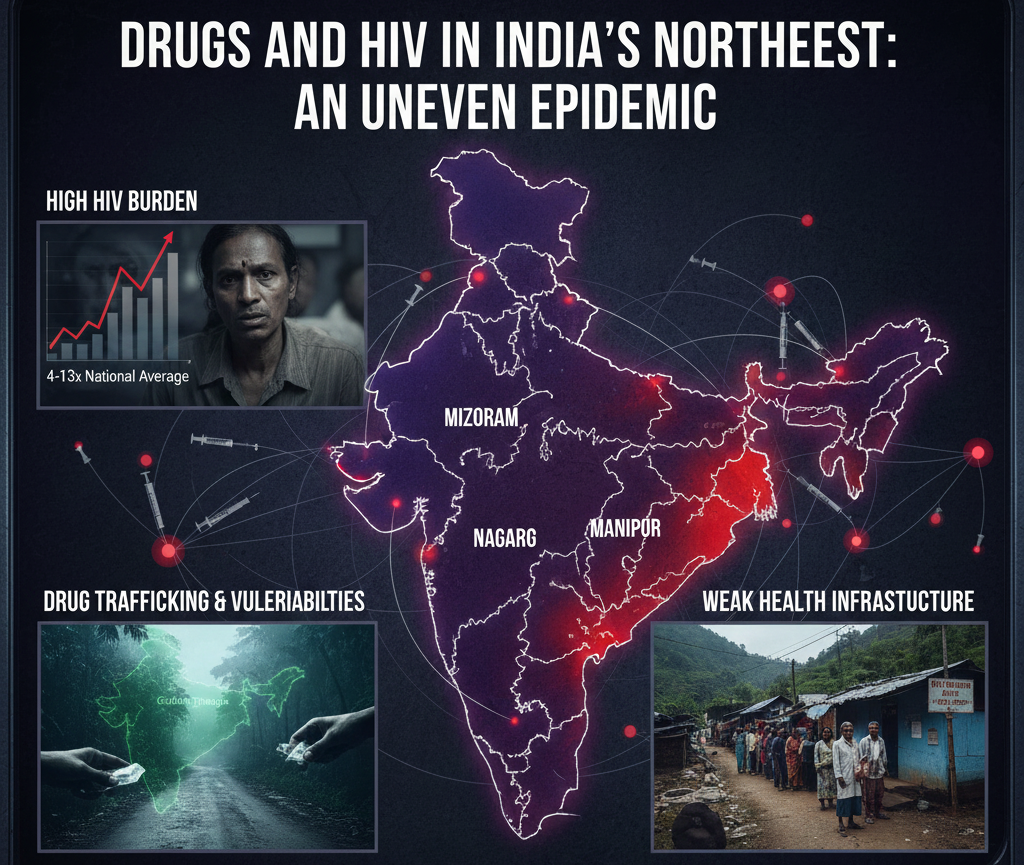Font size:
Print
Fortress Conservation in Tanzania
Context:
Indigenous communities such as the Maasai and Hadzabe face a dangerous struggle as essential territories for their survival are encroached upon for tourism, marginalising them and pushing them to the brink.
more on news:
- The conservation policies and tourism development in Tanzania, a country renowned for its national parks and conservation areas, have sparked significant controversy due to the adverse impact on indigenous communities.
- Government efforts to prioritise these areas have led to the displacement of local populations, particularly affecting ethnic groups such as the Maasai and Hadzabe, who have traditionally depended on these lands for their livelihoods.
Conservation Costs and Human Rights Violations:
- The Tanzanian government’s focus on conservation and tourism has resulted in the appropriation of vast tracts of village land, often without the consent of the indigenous inhabitants.
- This land grab has disrupted the traditional way of life for many communities, leading to increased poverty and social unrest.
- The World Bank Group’s decision to rescind $150 million in funding for the Resilient Natural Resources Management for Tourism and Growth (REGROW) project underscores the severity of human rights abuses, including forced evictions and violence by park rangers against local residents.
Impact on Local Communities:
- In Mbarali, the forced eviction of farmers and the seizure of livestock by rangers have devastated local livelihoods. Families have been plunged into poverty due to the loss of their land and cattle.
- The Maasai, in particular, have faced significant challenges with the government’s plans to remove them from the Ngorongoro Conservation Area, leading to international criticism and further marginalisation of this semi-nomadic group.
Broader Implications and Resistance:
- The issue extends beyond Mbarali, affecting various ethnic groups across Tanzania as conservation and tourism projects expand.
- The Maasai, renowned for their distinctive way of life, have been especially impacted, with government-backed investors encroaching on their territories.
- In response, indigenous communities have begun to organise and resist these policies.
- Legal battles, such as the Maasai’s challenge against the creation of a game park for a royal family from Dubai, demonstrate their efforts to reclaim ancestral lands.
|
Fortress conservation in Indian Context:
|
Alternative Conservation Models:
- Some initiatives have aimed to involve local communities in conservation efforts.
- For instance, in the Sikonge district (Tanzania), residents are allowed to harvest wildlife resources through sustainable practices like fishing and beekeeping.
- Studies have shown that community involvement in reserve management can increase local awareness of biodiversity benefits and reduce illegal activities.
- However, these efforts have had mixed results, with ongoing challenges in monitoring and protecting ecosystems.
International Backlash and Future Directions:
- The international community has begun to scrutinise Tanzania’s conservation practices, especially those funded by foreign donors.
- The suspension of funding for projects like REGROW indicates a demand for greater accountability and respect for indigenous rights.
- There is a growing call for conservation models that integrate the interests and livelihoods of local communities, ensuring their rights are upheld while protecting biodiversity.
Conclusion
- Tanzania faces a critical juncture in balancing tourism development and conservation with the rights and well-being of its indigenous populations.
- The ongoing struggle of communities like the Maasai underscores the need for a more inclusive approach to conservation, one that recognises and respects the traditional custodians of these lands.
- Only through such inclusive practices can Tanzania hope to achieve sustainable conservation that benefits both its natural heritage and its people.



